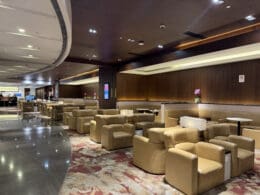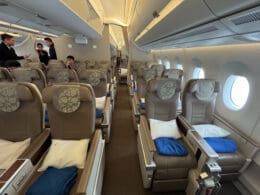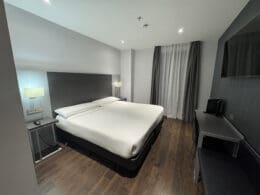I’ll keep this post short, as I wanted to cover the dining experience at the Yumesenkei Amahara Sumoto in a separate post. Dining at the hotel was covered within our HK$7,000/night price point at the hotel, covering dinner and breakfast.
All our meals were served in the hotel’s restaurant adjacent to the lobby (for a better sense of how the hotel was laid out, check out my review of the hotel). The restaurant featured a variety of seating, including tables for four, tables for one or two people, and tables for larger parties with some bench seating. It was never too crowded.
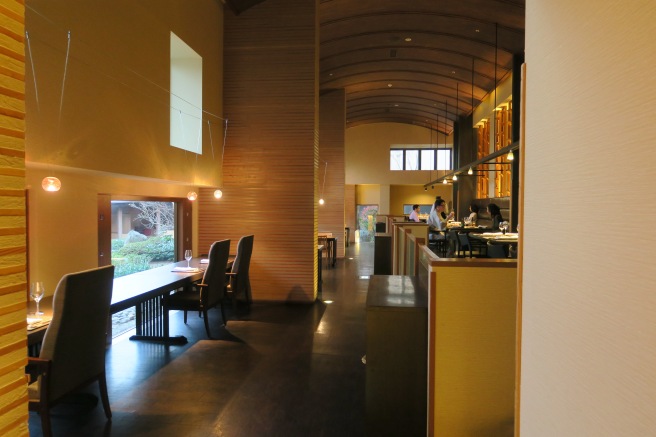
Yumesenkei Amahara Restaurant
The breakfast spread featured some very high quality items. The spread wasn’t too extensive, but I loved the Japanese options that were provided. I’ll let the pictures speak for themselves, though highlights included entire chunks of mentaiko, a separate beancurd hot pot, some awesome tofu with seaweed and bamboo shoots, traditional Japanese omelet, and some amazing refreshing plum juice and mandarin orange juice.
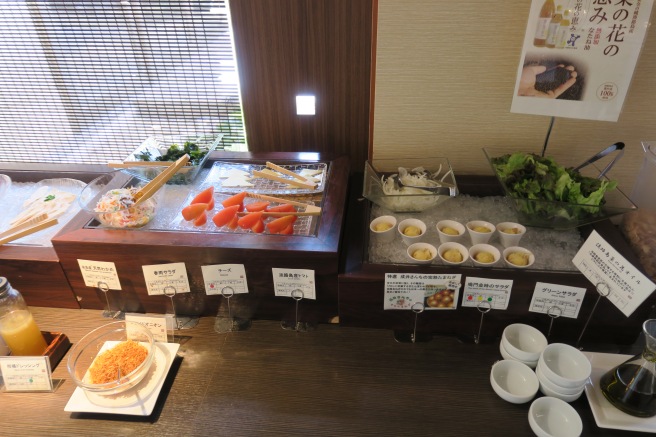
Yumesenkei Amahara Breakfast Spread
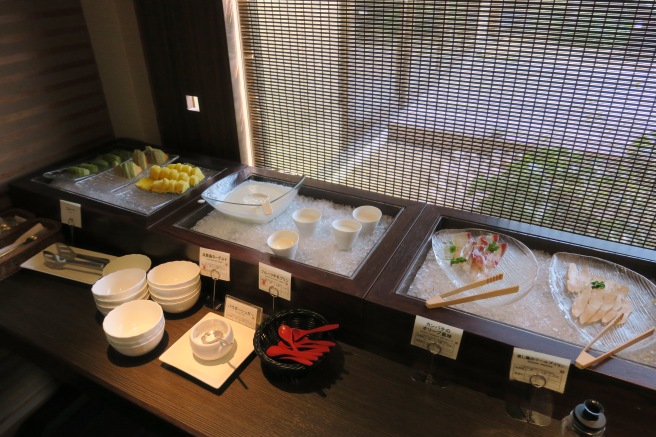
Yumesenkei Amahara Breakfast Spread
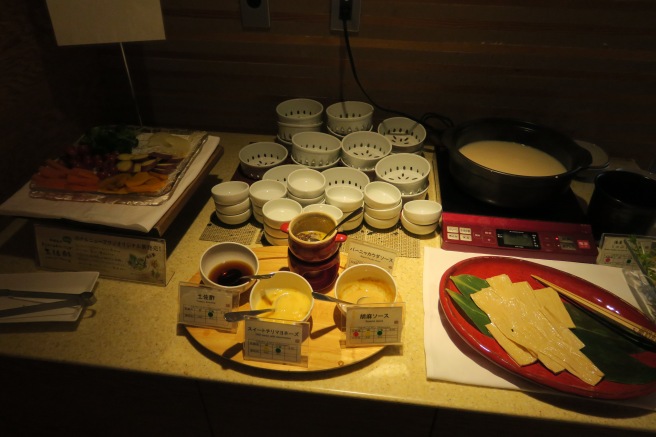
Yumesenkei Amahara Breakfast Spread
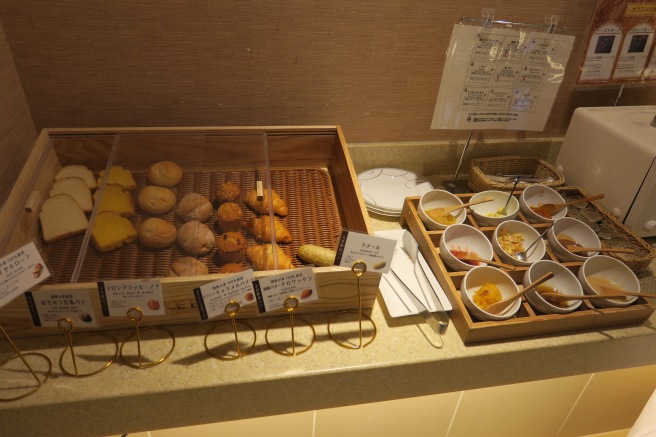
Yumesenkei Amahara Breakfast Spread
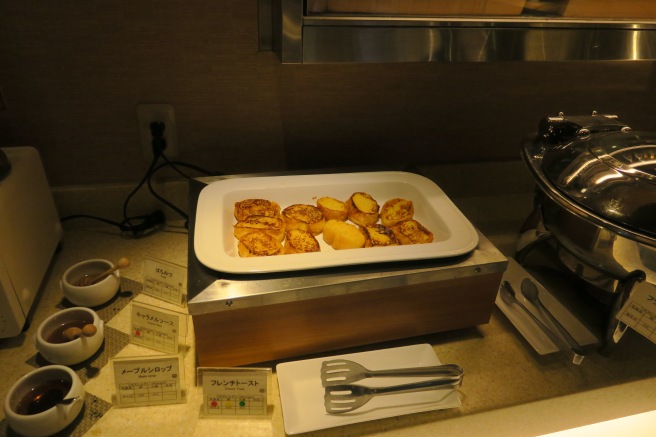
Yumesenkei Amahara Breakfast Spread
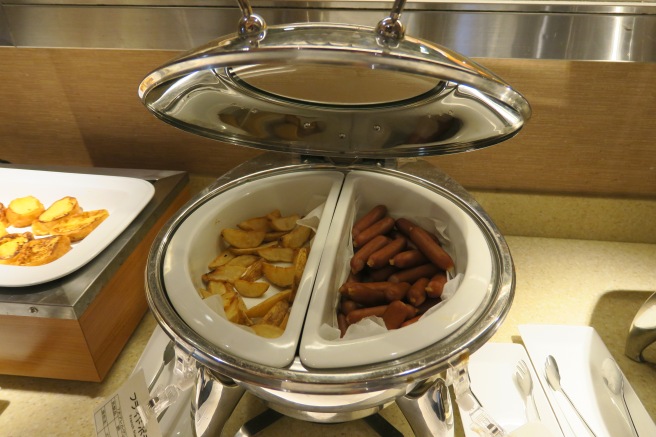
Yumesenkei Amahara Breakfast Spread
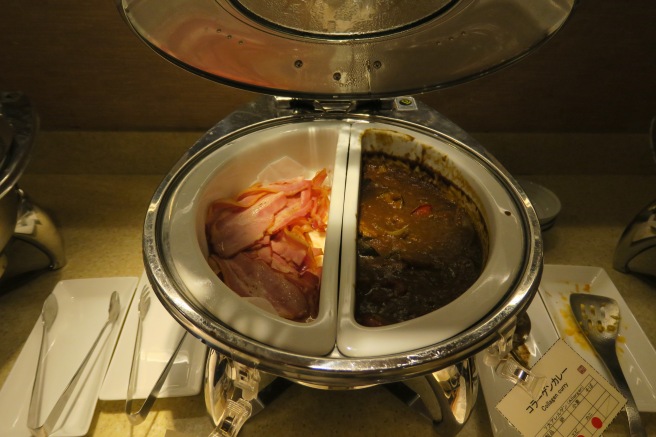
Yumesenkei Amahara Breakfast Spread
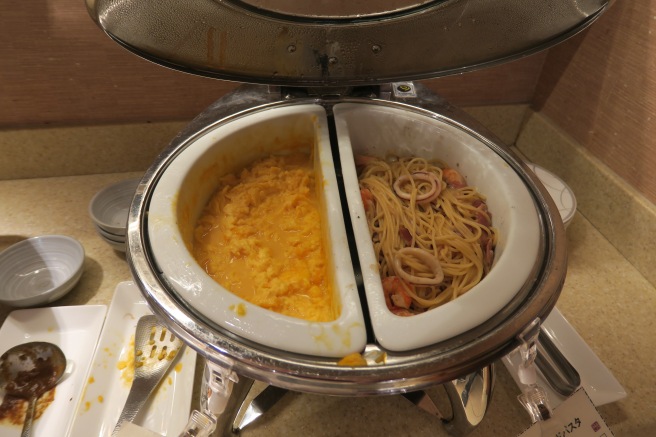
Yumesenkei Amahara Breakfast Spread
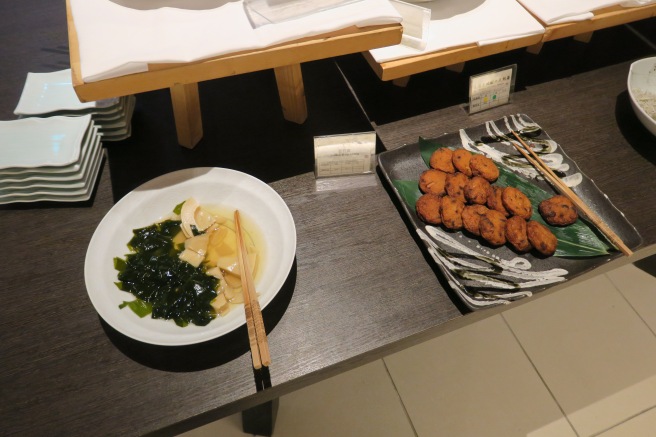
Yumesenkei Amahara Breakfast Spread
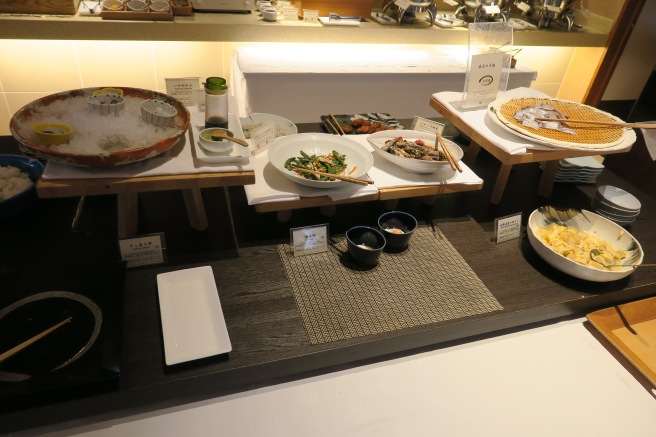
Yumesenkei Amahara Breakfast Spread
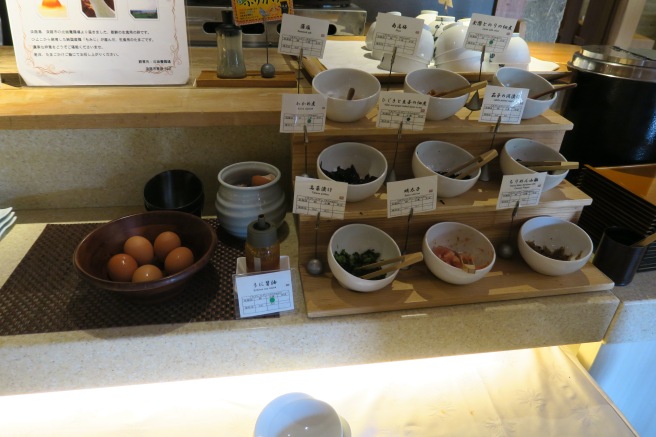
Yumesenkei Amahara Breakfast Spread
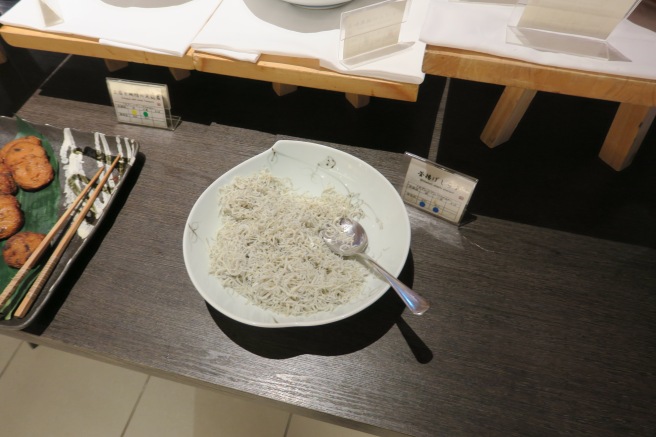
Yumesenkei Amahara Breakfast Spread
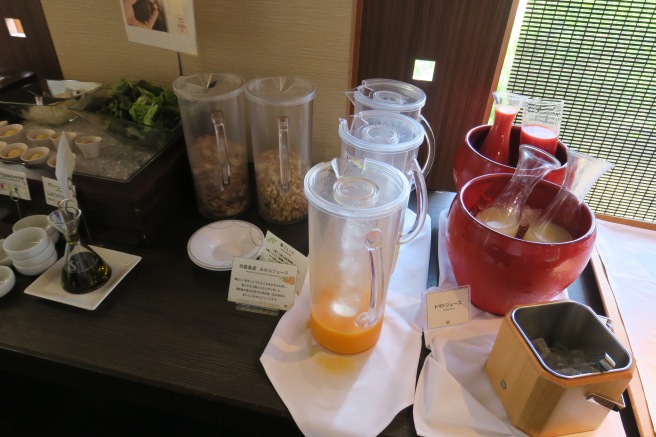
Yumesenkei Amahara Breakfast Spread
It’s a treat to have such a large selection of high quality local Japanese items for breakfast, and I especially enjoyed having a bowl of rice topped with entire mentaiko “sacks”.
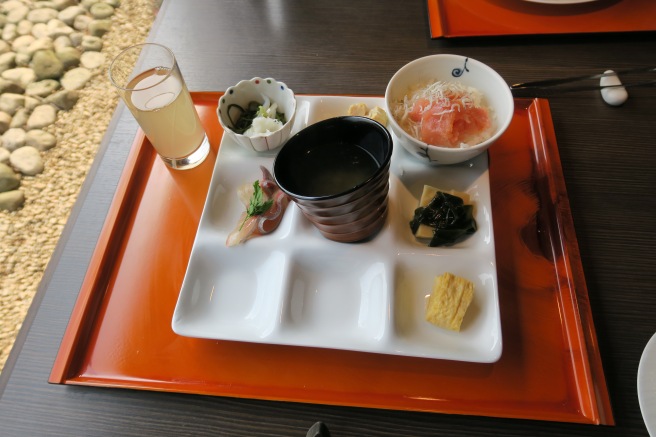
Yumesenkei Amahara Breakfast Spread Items
The staff were also nice enough to bring my sister steamed broccoli upon request on the first morning, and on the second morning they brought up a mini charcoal grill, where we could grill our own fish (it tasted sublime).
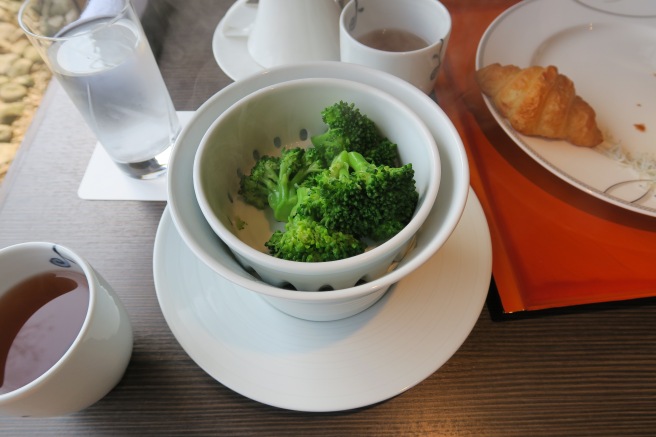
Yumesenkei Amahara Breakfast Spread Steamed Broccoli
While breakfast at the hotel was very good, the centerpiece of the dining experience was definitely dinner at this hotel. For a hotel-included dinner, the food here was amazing. However, I’ll treat this as more of a restaurant review, and judge the dishes we had based on how happy I would’ve been to have the dishes at a restaurant.
The menus were consistent both nights. First of all the associate explaining our room to us said that they could arrange a “special” menu on the second night for us, though we hadn’t booked it (since we didn’t have the option booking on Booking.com). She said she was happy to arrange it for us, though upon being presented a regular menu on the second night, the waiters gave us a confused look when we mentioned our interaction with the associate.
The menus both nights featured an amuse bouche, a few appetiser courses mainly consisting of seafood, a main beef dish followed by soup and rice, followed by dessert.
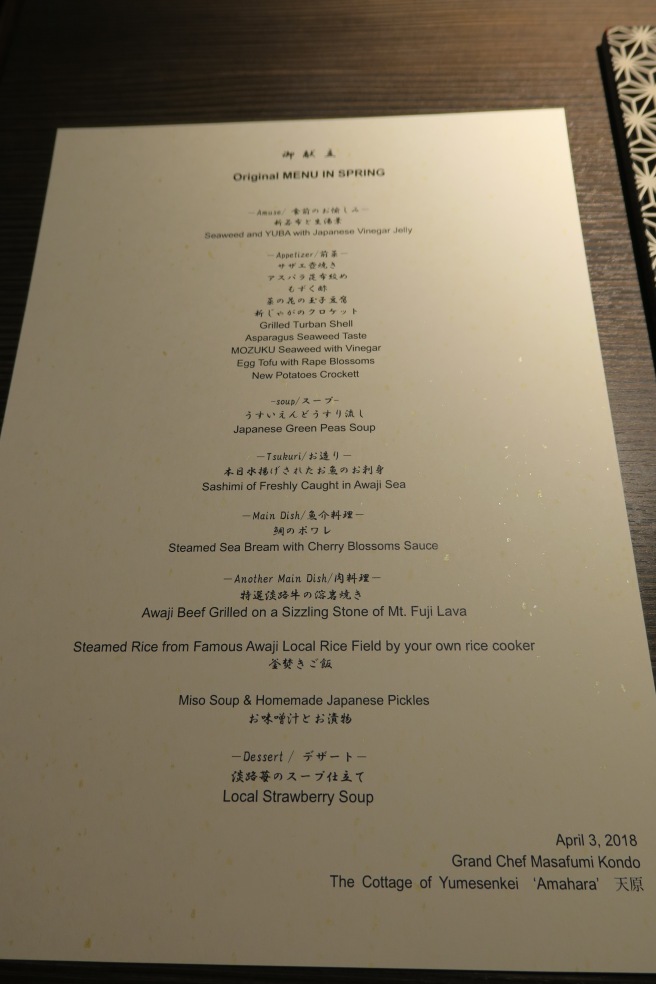
Yumesenkei Amahara First Dinner Menu
The amuse on our first night featured a fresh seaweed and yuba, and I was pleasantly surprised by the fresh acidity that the vinegar brought.
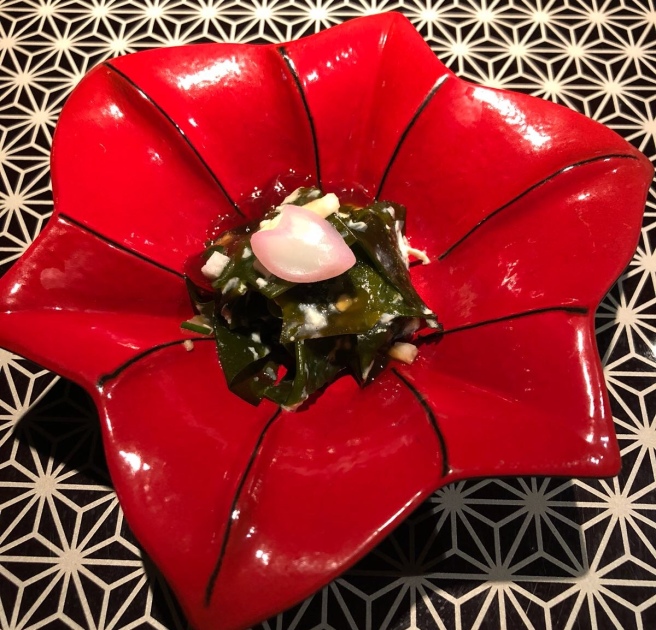
Yumesenkei Amahara First Dinner
Then came the actual appetiser, which consisted of five separate components – a decent grilled turban shell, some fresh asparagus, some very nice seaweed with vinegar, a refreshing egg tofu, and an amazing croquette.
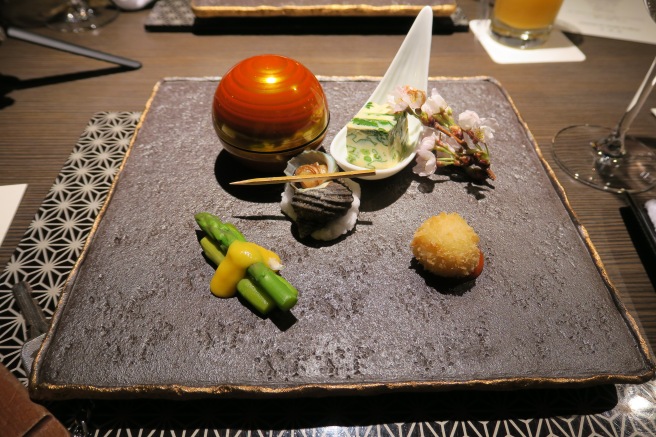
Yumesenkei Amahara First Dinner
After that we were brought a selection of locally caught Awaji sashimi. The selection was great, fresh, and beautifully presented.
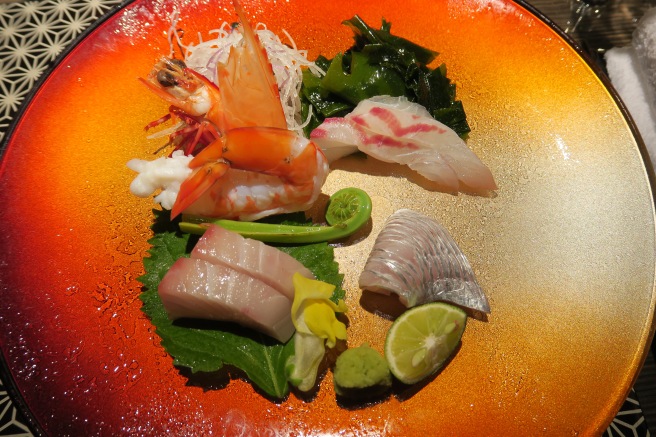
Yumesenkei Amahara First Dinner
To follow was a decent steamed sea bream, though I wasn’t a fan of the texture. The dish was quite flavourful, and the sauce on the side gave the dish some pop (there was also a cherry blossom crust, though it was too soggy for my liking).
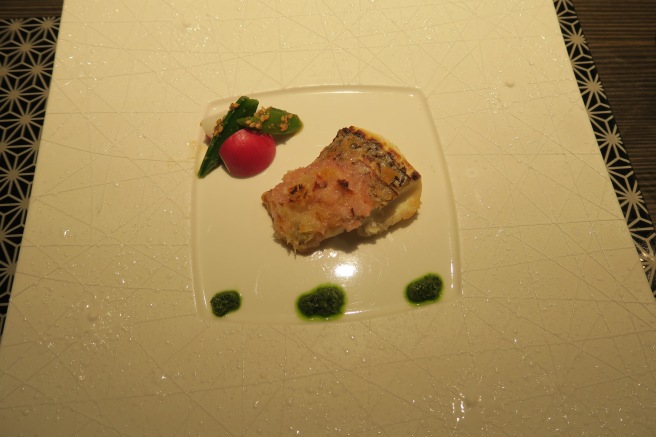
Yumesenkei Amahara First Dinner
Following that was a beautiful salad with a contrast of textures. It was bright and acidic – on the verge of too much so – but it contrasted beautifully against the fatty beef that we were about to have.
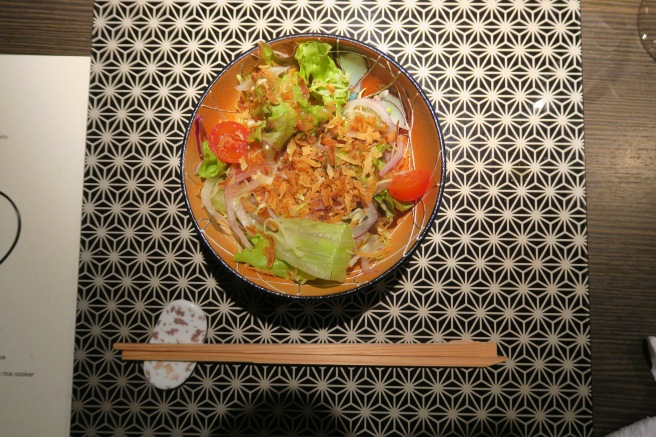
Yumesenkei Amahara First Dinner
After that, local Awaji beef was brought on a searing hot stone, though we were left to cook it ourselves. The beef was, as you’d expect, of high quality, and I enjoyed it, even though it was a little too fatty for me after recovering from stomach issues.
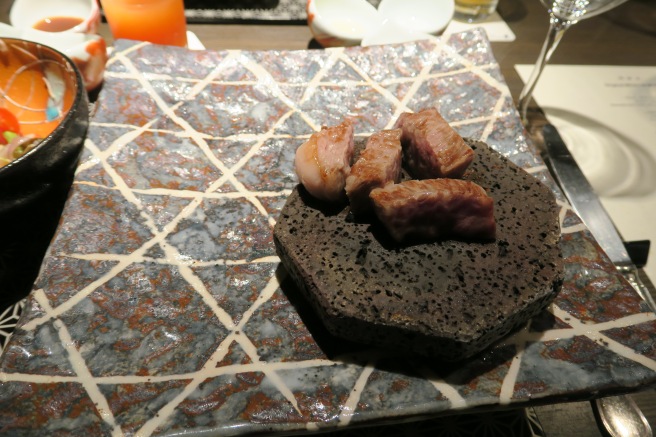
Yumesenkei Amahara First Dinner
Following that was a nice miso soup, a decent baked mackarel, and some refreshing pickles. More than anything I liked how this course was presented.
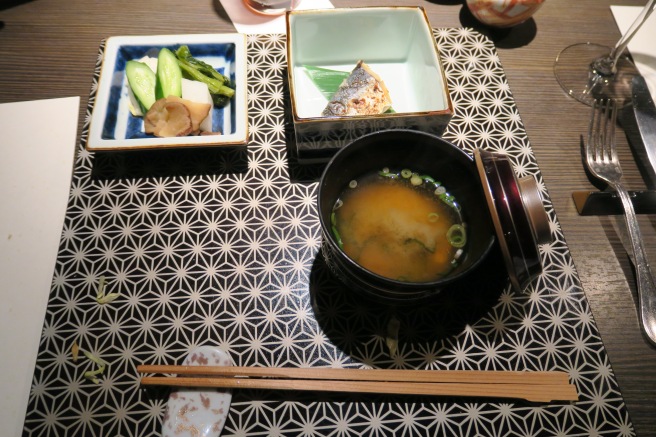
Yumesenkei Amahara First Dinner
Concluding the meal was a strawberry “soup” with ice cream, which was refreshing, and I loved how fruity it was (strawberry is my favourite fruit).
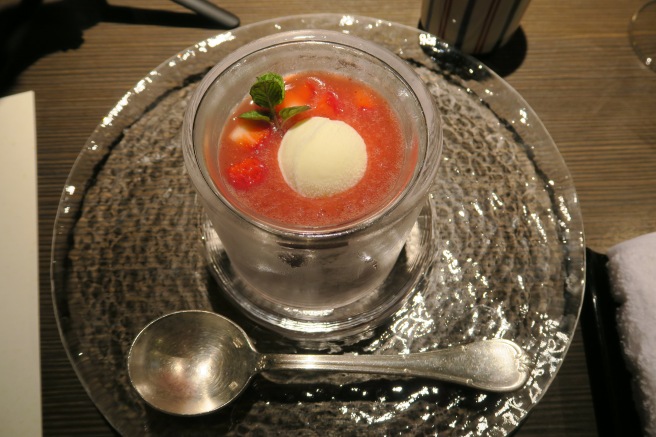
Yumesenkei Amahara First Dinner
The restaurant also offered mocktails, though I believe they weren’t free. I don’t exactly remember which drink I went with – I think it was a “grapefruit passion” or something – but it was nicely acidic and had hints of grapefruit.
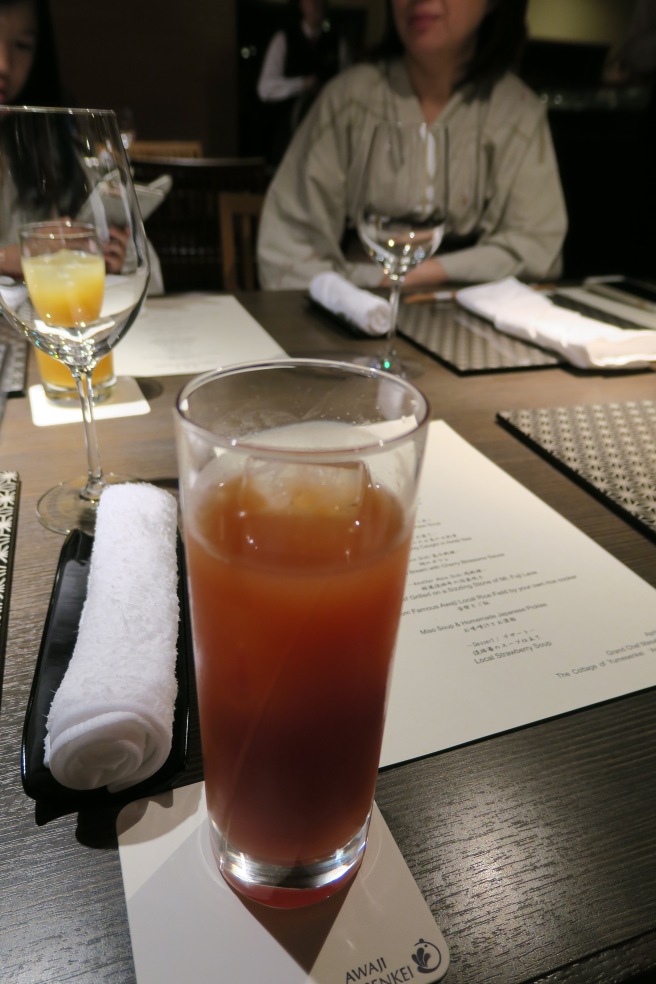
Yumesenkei Amahara First Dinner Drink
Concluding the dinner was tea and coffee. The matcha was good, while the coffee came straight out of a machine, so I enjoyed it relatively less.
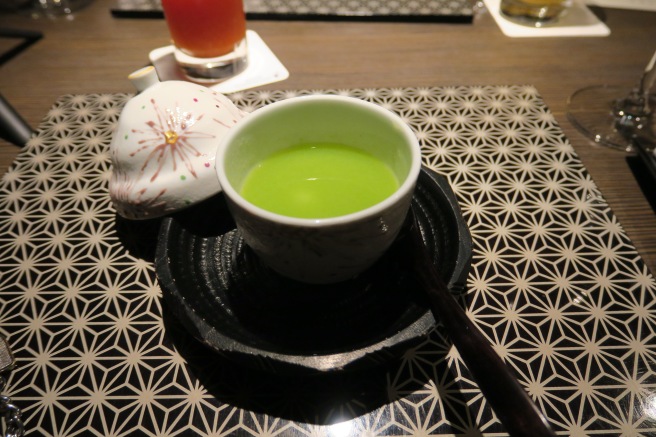
Yumesenkei Amahara First Dinner Tea
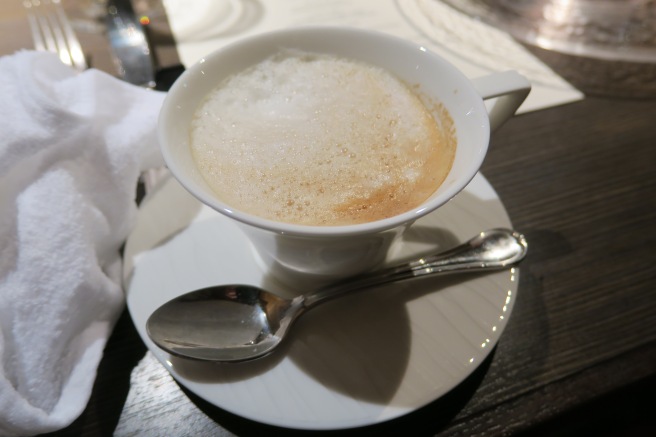
Yumesenkei Amahara First Dinner Cappuccino
The second menu was similar to the first menu, though it’s worth noting that everyone else at the hotel was served the first menu. This means that the menus the hotel offers aren’t correspondent to calendar dates, but rather how many nights you’re staying at the hotel.
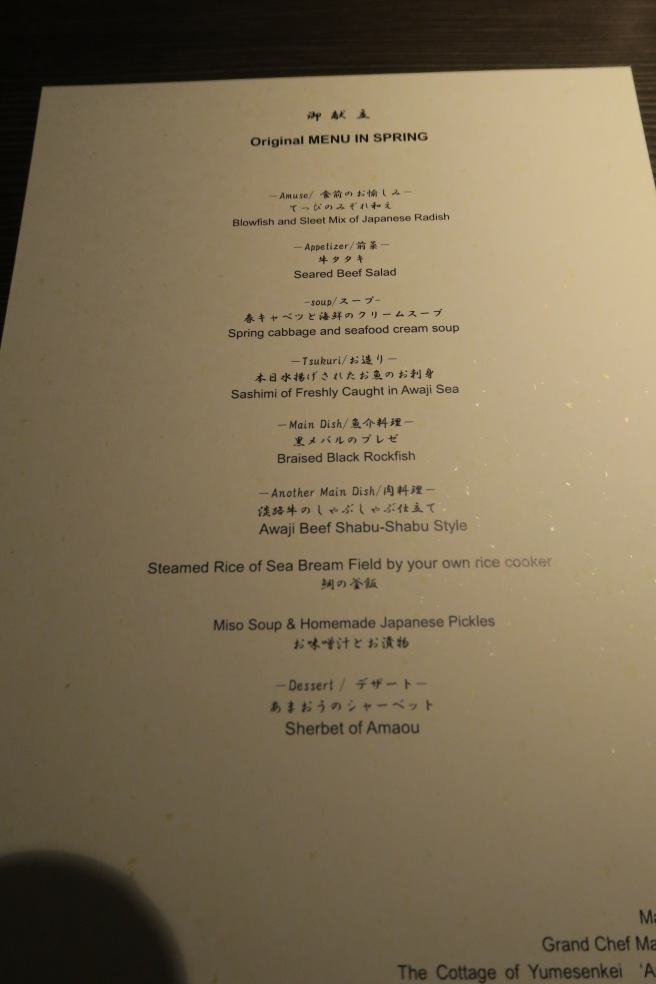
Yumesenkei Amahara Second Dinner Menu
To start we had an awesome, vinegary blowfish appetiser.

Yumesenkei Amahara Second Dinner
After that was the seared beef salad. The salad dressing seemed to come out of some kind of packaging, though the beef itself was high quality. I also liked the cheese it came with, though I doubt it was local produce (it tasted like feta cheese to me).
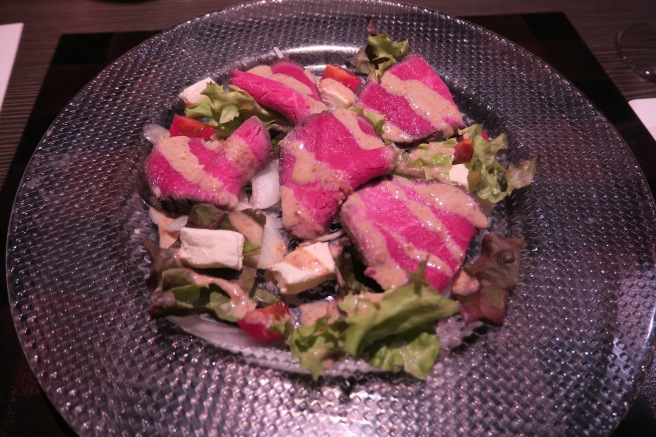
Yumesenkei Amahara Second Dinner
Succeeding that was a seafood cream soup, which tasted a lot like Campbell’s mushroom soup. While I liked the element of dried shrimp, that was as far as the Japanese elements in this dish went.
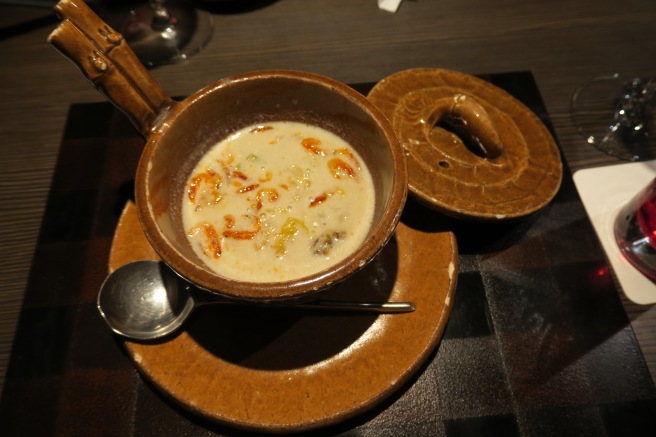
Yumesenkei Amahara Second Dinner
Once again we were offered local Awaji sashimi, which is always a highlight. One of these items was even blowtorched (I believe the options were scallop, snapper, and the blowtorched element was pufferfish, but I’m not sure), which brought a nice, smoky flavour.
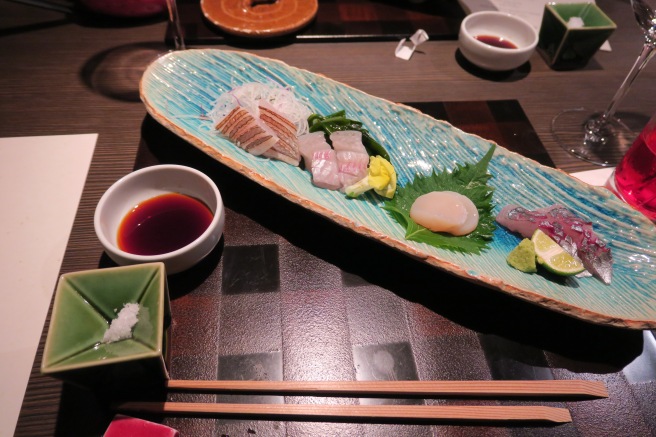
Yumesenkei Amahara Second Dinner
This was followed by a braised black rockfish, which was the seafood main course. I found this dish to be fine – the flavours were good, though overall the flavour profile was salty and flat.
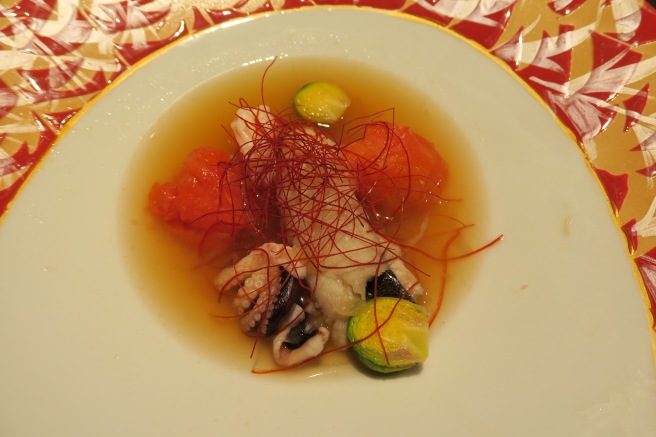
Yumesenkei Amahara Second Dinner
The main beef course was a shabu-shabu style beef. I have to say that this was by far the most poorly executed course. The beef was basically boiled (as is the case with shabu-shabu, but you’re supposed to eat it immediately afterward) and brought out to us after having sat around for a while in a vinegary dressing, with some salad on top that had wilted from the heat of the beef itself. None of our family managed to finish more than a slice of beef, and I felt bad, as we were wasting quality meat.
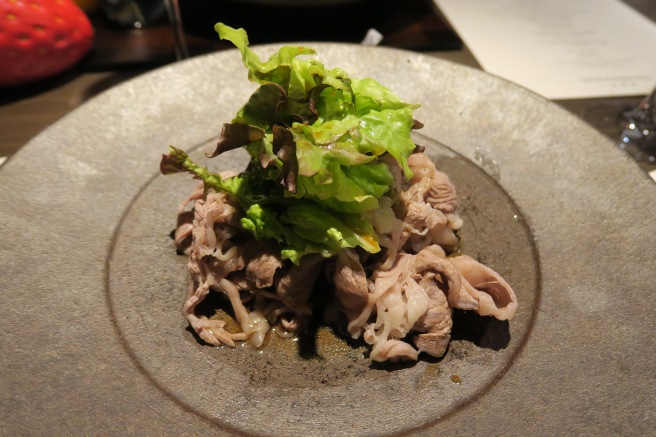
Yumesenkei Amahara Second Dinner
A sea bream rice followed. Since an entire pot of rice was brought out for us, we were even offered the rice at the bottom of the rice cooker, which had beautifully caramelised into a deep, salty, crunchy crust. This was served with pickles. It was much more filling than the beef that was offered.
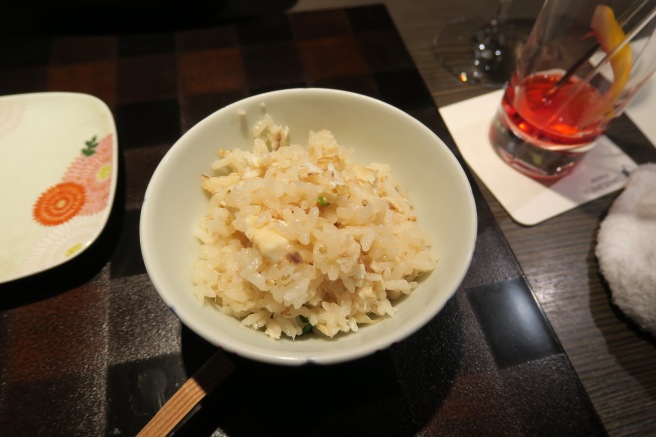
Yumesenkei Amahara Second Dinner
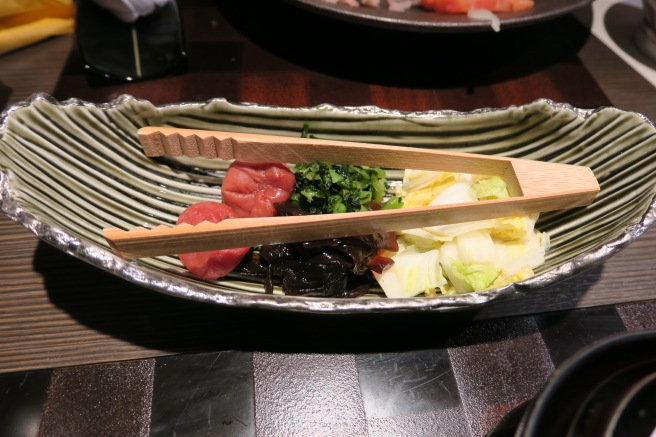
Yumesenkei Amahara Second Dinner
To conclude was a strawberry sorbet, which I enjoyed.
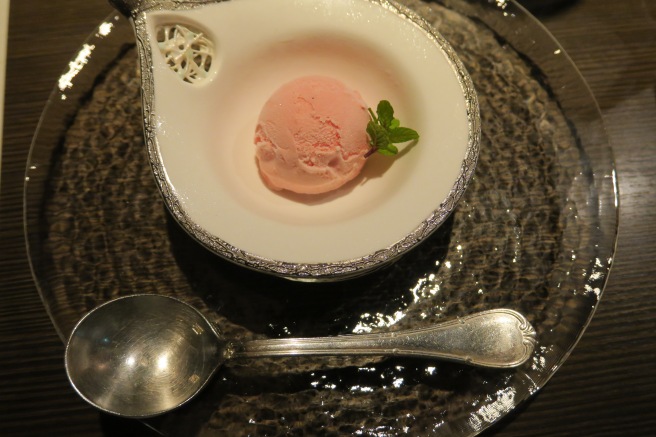
Yumesenkei Amahara Second Dinner
Service both nights was fine. The staff were friendly and courteous, though that’s almost universal in Japan. While they were distant, I’ll blame that on the language barrier more than anything else.
Bottom Line
Objectively, for a hotel in a remote area, the food at the hotel was great. However, at the end of the day, ryokan hotels advertise their dinners to be an experience. I’m so frustrated by some of the dishes that were made. My favourite courses both nights were the Awaji seafood course, and I loved the seared beef dish on the first night. I also really liked the rice dishes. However, my least favourite courses were those that the hotel tried to do too much to, like the seafood soup, and the shabu-shabu beef dish.
For a hotel positioned around such amazing ingredients, with a multitude of Japanese options such as local seafood a few meters away from the hotel as well as fresh Awaji beef, I didn’t like how they tried to do too much to the ingredients. All my favourite courses were simple. There’s no need to do too much to great ingredients – a quick sear on the grill, a quick blowtorch for some of the sashimi items for some smoky flavour – there’s no need to go shabu-shabu style if it’s not an Awaji specialty (and if it is, it should be better executed – the shabu-shabu should’ve been cooked at the table, where the food went straight from the cooking pot onto our plates). A simple seafood soup would’ve sufficed, instead of a cream soup that they, once again, tried to overcomplicate.
Yup, that’s my spiel in a nutshell – good ingredients don’t need complex cooking techniques (unless you can pull it off – our hotel couldn’t).
One thing’s for sure, though – this hotel has one of the best breakfast spreads I’ve had, for good reason – they kept it simple, and let their ingredients shine.













